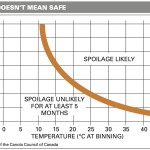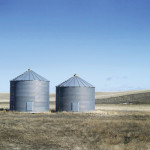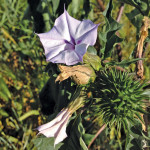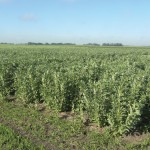
Back to the agronomy basics in canola
Experts advise growers to focus on quality seed and nitrogen before less conventional inputs

New soybean cyst nematode solution
Syngenta has a new biological seed treatment to fight soybean cyst nematode

Early season weed control is key
Spring spraying can be challenging. Look for the right weather and moisture conditions

Five risky situations for stored canola
Agronomist Greg Sekulic explains how you can get your canola safely through the winter

Bin safety starts with grain quality
Farm Safety: Train yourself and your farm employees to avoid tragic grain bin accidents

Look out for the Devil’s trumpet
Jimsonweed, also known as Devil’s trumpet is a highly toxic weed

Verticillium wilt found in Manitoba
Be on the lookout for this canola yield-stealer at the end of the season, when the plant begins to ripen

Need an equipment part for your machine? Just print it
As the cost falls and the technology improves, 3D printing is becoming relevant to agriculture

Fall weed management in canola
If you have time for fall weed control in canola fields, make the most of it

New fababean varieties coming
New varieties of fababeans are being evaluated in AARD variety tests


